Description
Mamey sapote, Pouteria sapota, Mexican Chiku
Scientific name: Pouteria sapota (Jacq.) H.E. Moore & Stearn
Other common names: sapote, mamey colorado
Synonyms: Calocarpum sapota (Jacq.) Merr., Calocarpum mammosum (L.) Pierre
Family: Sapotaceae
Relatives in same family: sapodilla, satin leaf, caimito, canistel, abiu, green sapote.
Origin: Mexico and the Central American lowlands
Distribution: Mamey sapotes have been grown or cultivated in Central America, Mexico, northern South America, and the West Indies for centuries. The first recorded introduction into southern Florida was during the mid-1880s.
The mamey sapote grows into an open tree with a thick central trunk and a few large limbs. Mamey sapote trees are large, erect to spreading trees that may grow to a height of about 40 feet (12.2 m) in Florida and may exceed 60 feet (18.3 m) in more tropical regions.
The leaves are large, up to 12 inches (30.5 cm) long and 4 inches (10.2 cm) wide, simple, and obovate to oblanceolate in shape. The underside is lighter green or brownish and pubescent (hairy) when young but becomes glabrous (smooth) when mature. The leaves are clustered at the ends of the small branches. Depending on the cultivar (variety) and recent weather conditions, trees will drop most of the leaves in late winter or spring, but develop new leaves rapidly.
Flowers
The small, perfect, whitish, almost sessile flowers are produced abundantly along small branches (1/2 to 2 inches; 1.3 to 5.1 cm), and tend to cluster towards the ends of the stems.
Fruit
The fruit is a berry, ovoid to ellipsoid in shape, with a persistent calyx at the base. Most vary from 3 to 8 inches (7.6 to 20.3 cm) in length. The skin is thick and woody with a russet brown, somewhat scurfy surface. The pulp of mature fruits is salmon pink, orange, red, dark red or reddish-brown in color, soft and smooth to finely granular in texture, usually low in fiber. The pulp has a sweet, almond-like, unique flavor. Normally, the fruit contains a single, large, elliptical seed but it may have up to four. The seed has a shiny, hard, dark brown surface with a light brown scar (hilum) on the ventral side. Seeds may crack and sprout in overmature fruits. Fruit weight ranges from 0.3-2.7 kg.


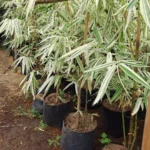

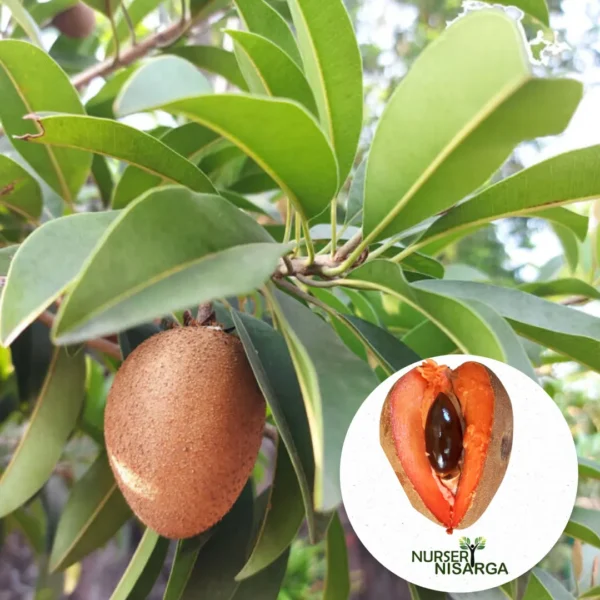
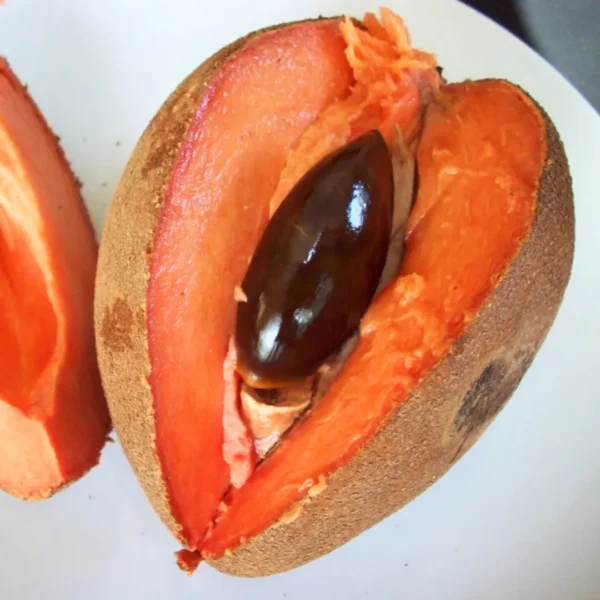
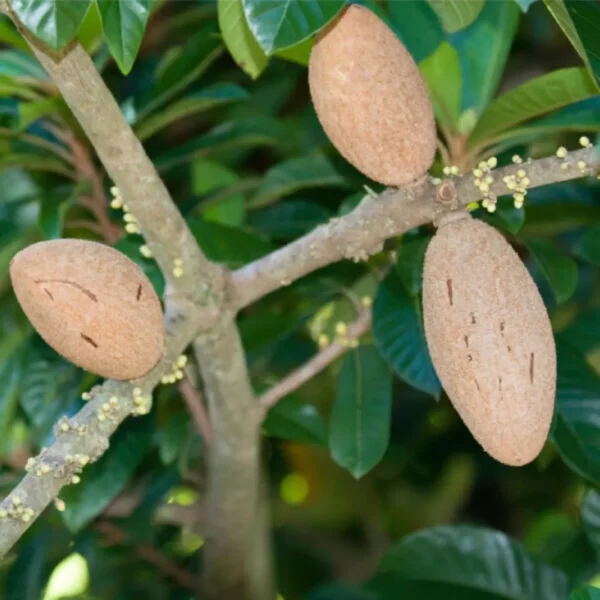
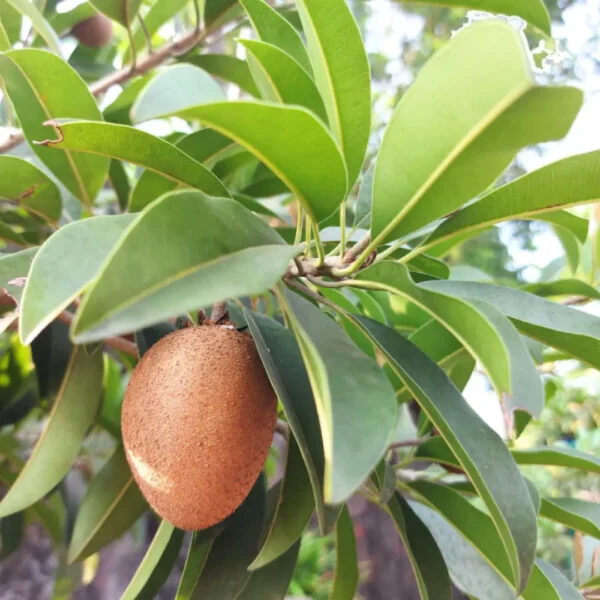
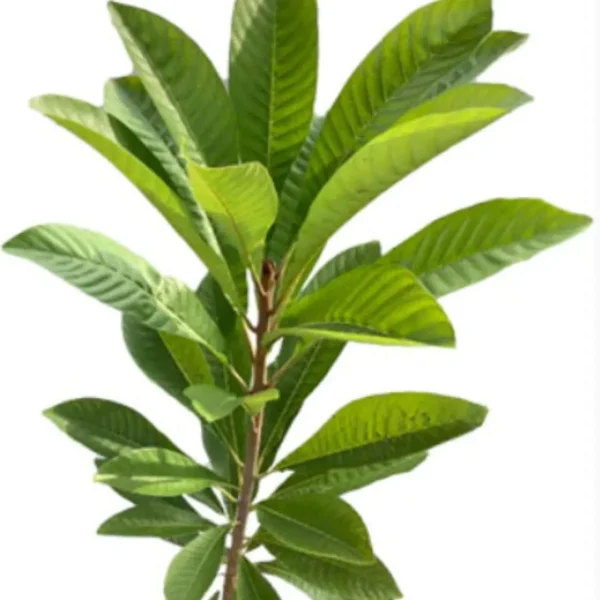


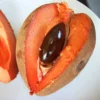
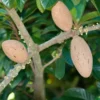

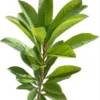

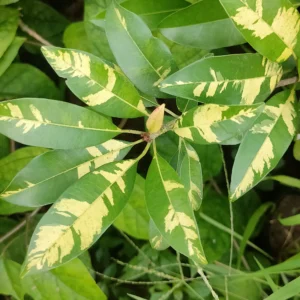
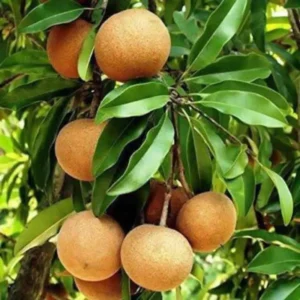
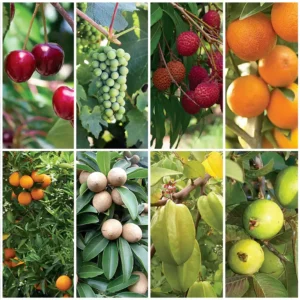
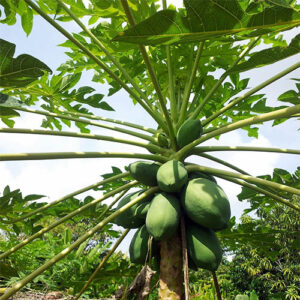
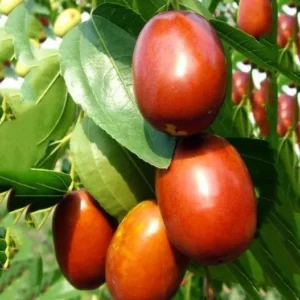
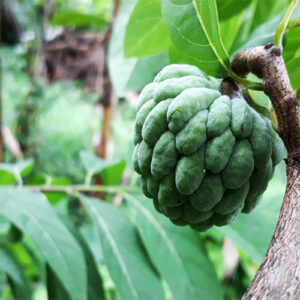
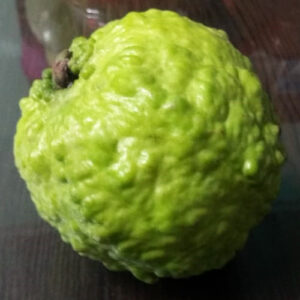
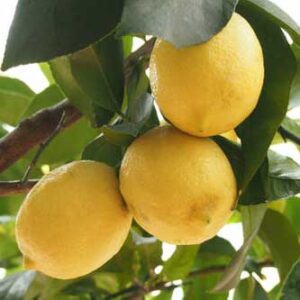
Reviews
There are no reviews yet.